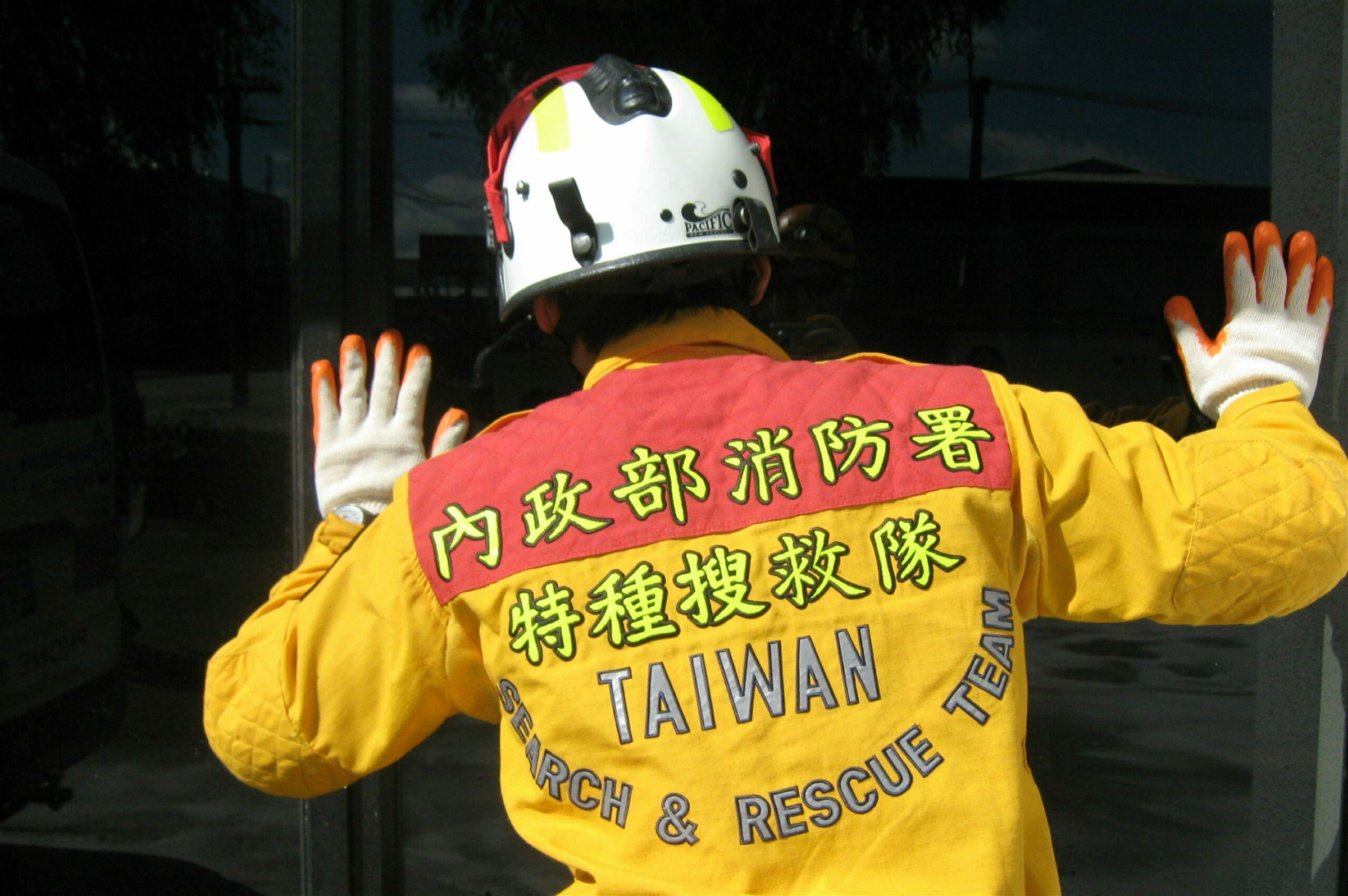Dr Steve Glassey, CEO of IPSQA was interviewed by the New York Times on the recent Taiwan earthquake.
During the 2011 Christchurch earthquake, Dr. Glassey played a pivotal role, working closely with Taiwan’s elite urban search and rescue team to locate survivors amidst the devastation. And today he was interviewed by Mike Ives from the New York Times.
Read the New York Times article here.
As the leader of a multi-agency response team within the disaster’s “red zone,” Dr. Glassey coordinated efforts with the highly skilled team from Taipei. He commended the Taiwanese team for their exceptional capability, professionalism, and the advanced equipment they brought to the operation, including a sophisticated “life locator” system.
Previously, Dr. Glassey had made significant contributions to urban search and rescue (USAR) in his home country, serving in a pioneering capacity with the national fire service and emergency management agency. He was instrumental in establishing the national USAR framework, which included the development of national training and certification programs, a search dog program initiated with the late Ian Craig, and the national incident-ground certification scheme, known as the Orange Card. Additionally, he was responsible for creating the country’s inaugural accreditation program for light rescue USAR teams. Dr. Glassey’s leadership extended to the operational capability domain as well, where he was the first national evaluator for the USAR Awareness Trainer course, which he developed and disseminated through a train-the-trainer program to emergency response agencies nationwide.
In his role as a member of the United Nations’ Asia-Pacific INSARAG Training Working Group, Dr. Glassey contributed to capacity-building projects across the Asia-Pacific region. His academic pursuits in the field led him to become one of the initial researchers to examine and publish findings on urban search and rescue marking systems, further solidifying his expertise and influence in the discipline.

Steve Glassey forms a search plan with agency partners including Taiwan USAR.

The LifeLocator system deployed by the Taiwan USAR team during the 2011 Christchurch quake, with the AC HotStick being used in the background to scan for live electricity by a Victoria University of Wellington rescue team member.
Dr. Glassey, renowned for his expertise in competency and training systems design, has recently contributed his knowledge to IPSQA’s latest initiative. The organization has unveiled the “CorePass INSARAG First Responder” certification, aimed at enhancing urban search and rescue operations. This new certification builds on the existing training package offered by the United Nations INSARAG, by introducing a formal, quality-assured assessment of the candidates’ skills and knowledge. Successful candidates will receive an international transcript and a QR code-enabled wallet card, enabling real-time verification of their qualifications—a crucial feature during emergency situations.
“Beyond CorePass, we also offer a range of professional certification for rescuers including ProQual and our flagship product, the Certificate in Public Safety (CertPubS). Regardless the candidates training journey, we offer the world’s only ISO17024 certification scheme for public safety roles that requires knowledge, skills and experience” says Steve.

Members of the Taiwan USAR team take a 1 minute break in illustrate the location of their deployment on the map of New Zealand.
Contact us today to learn how we can help to make certification simple, from USAR to first aid – we have it covered globally.

